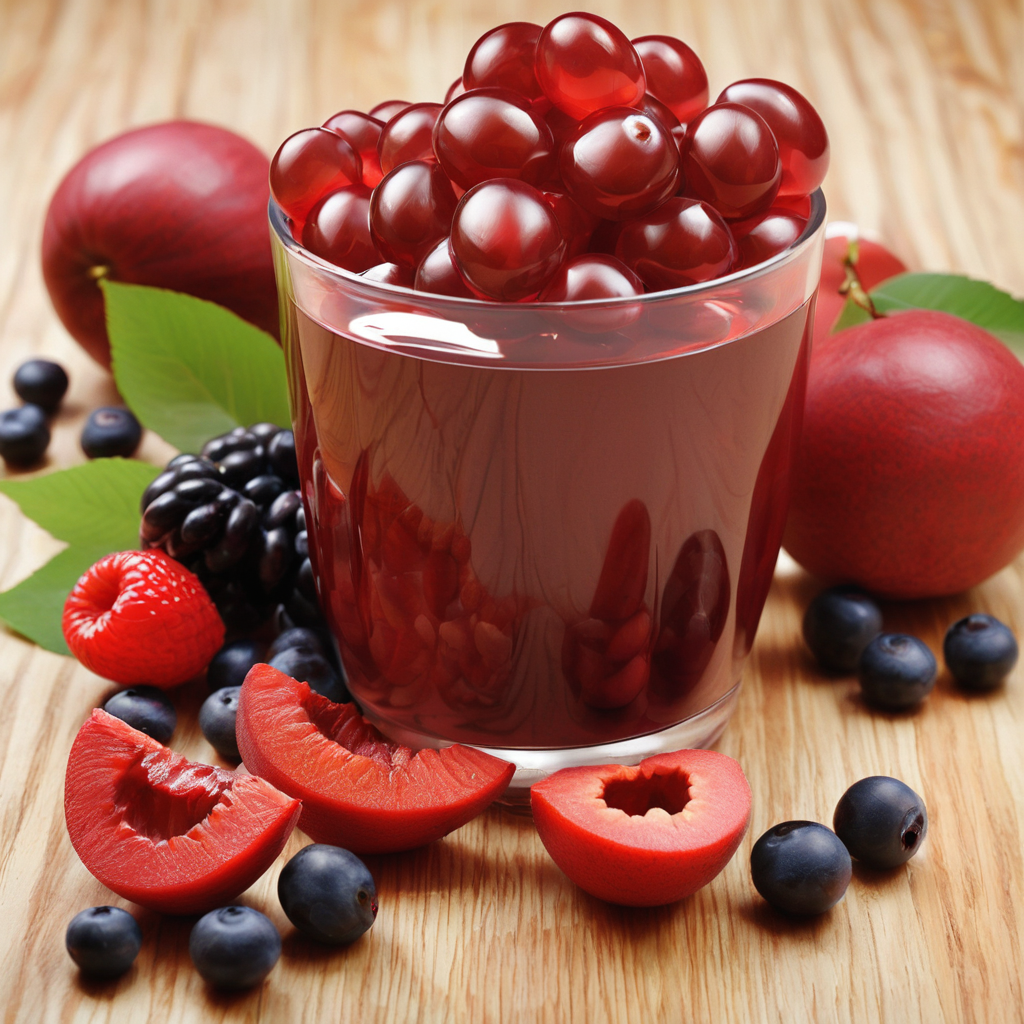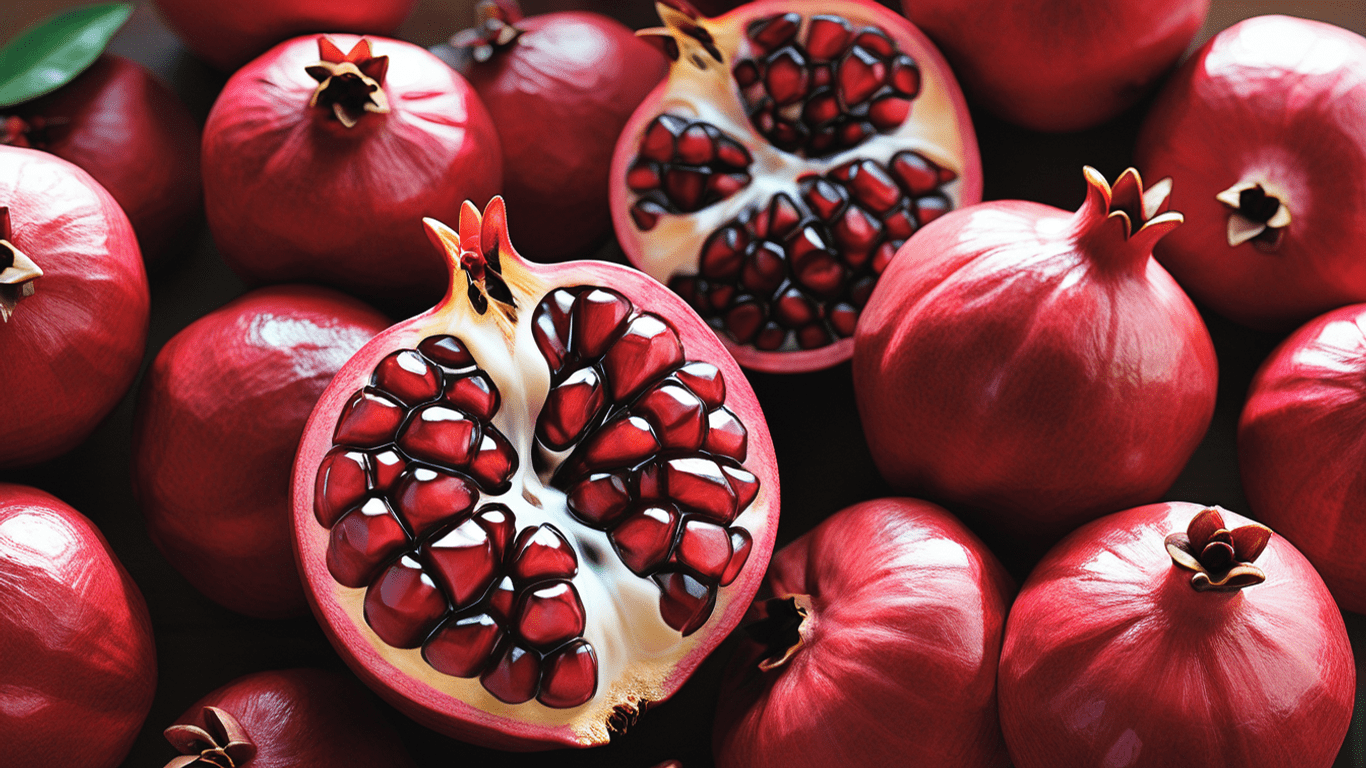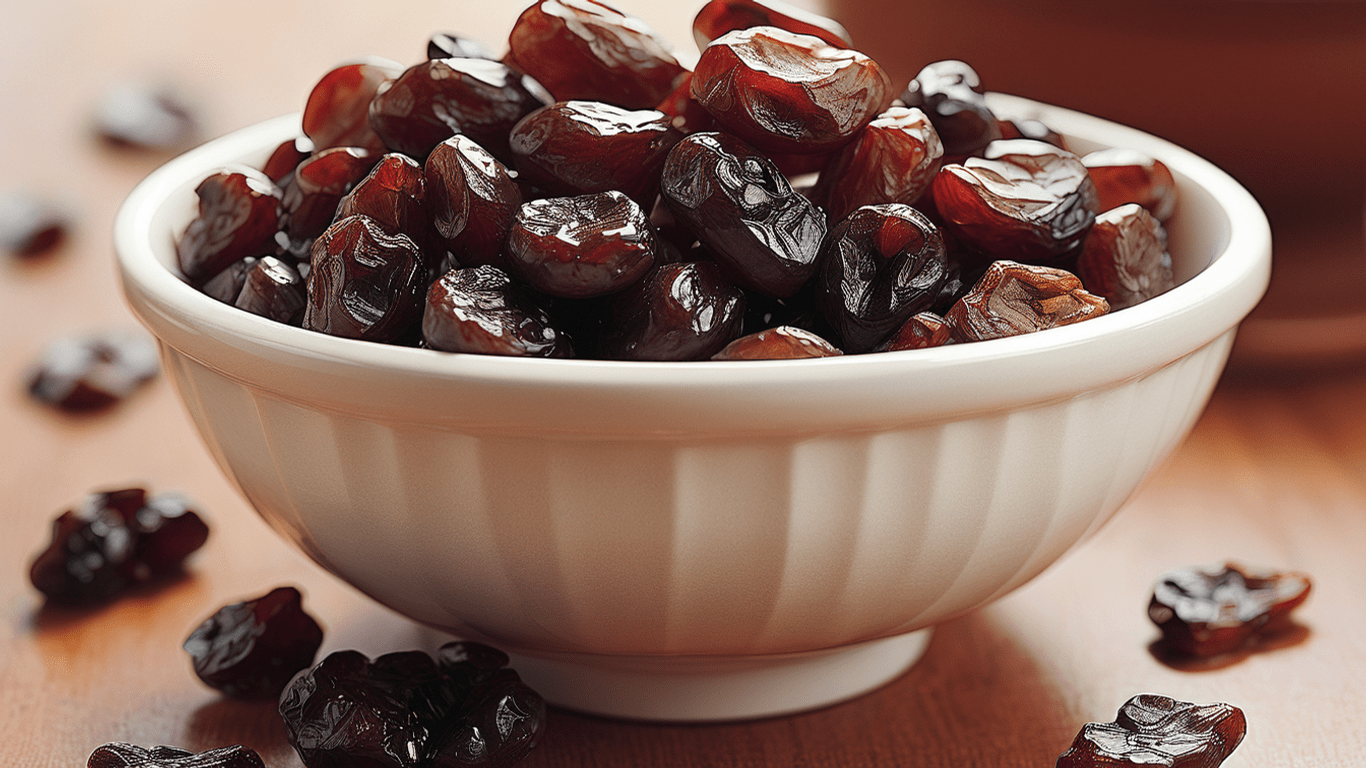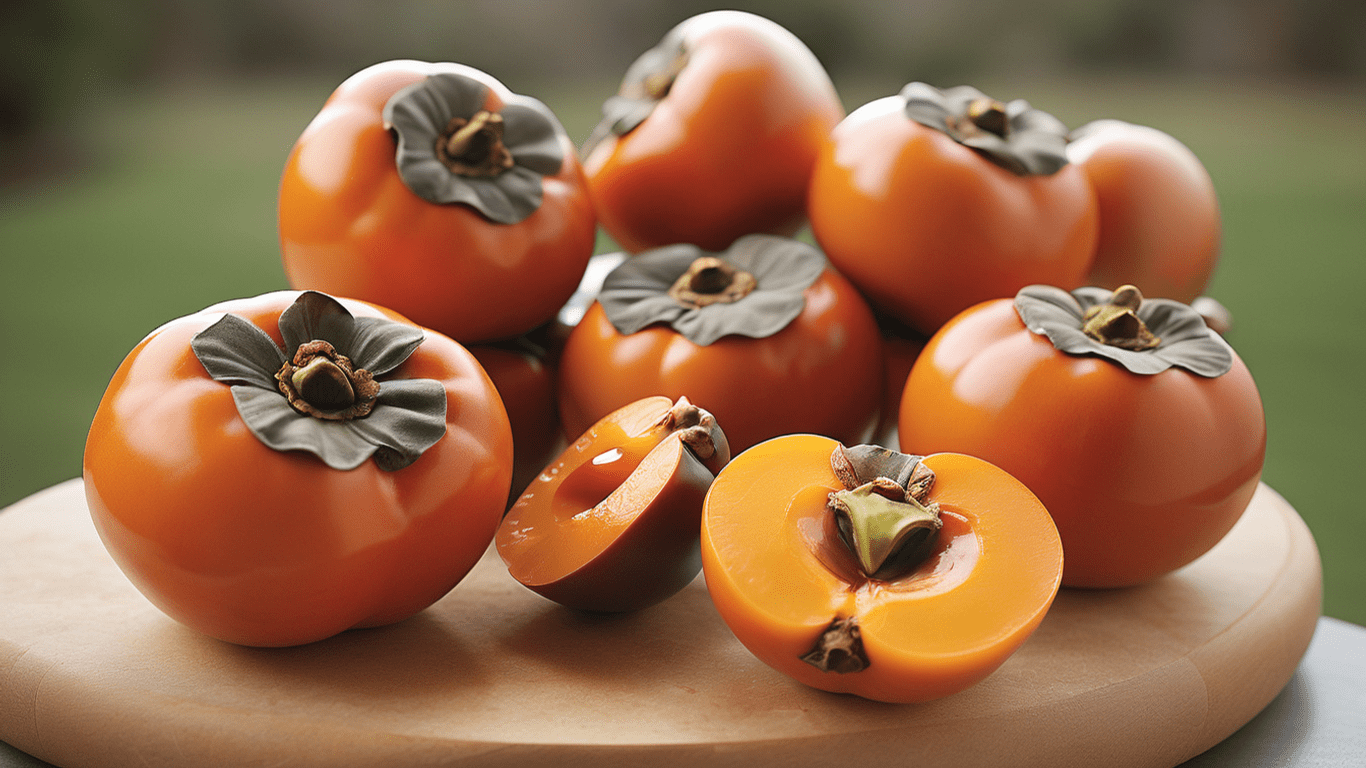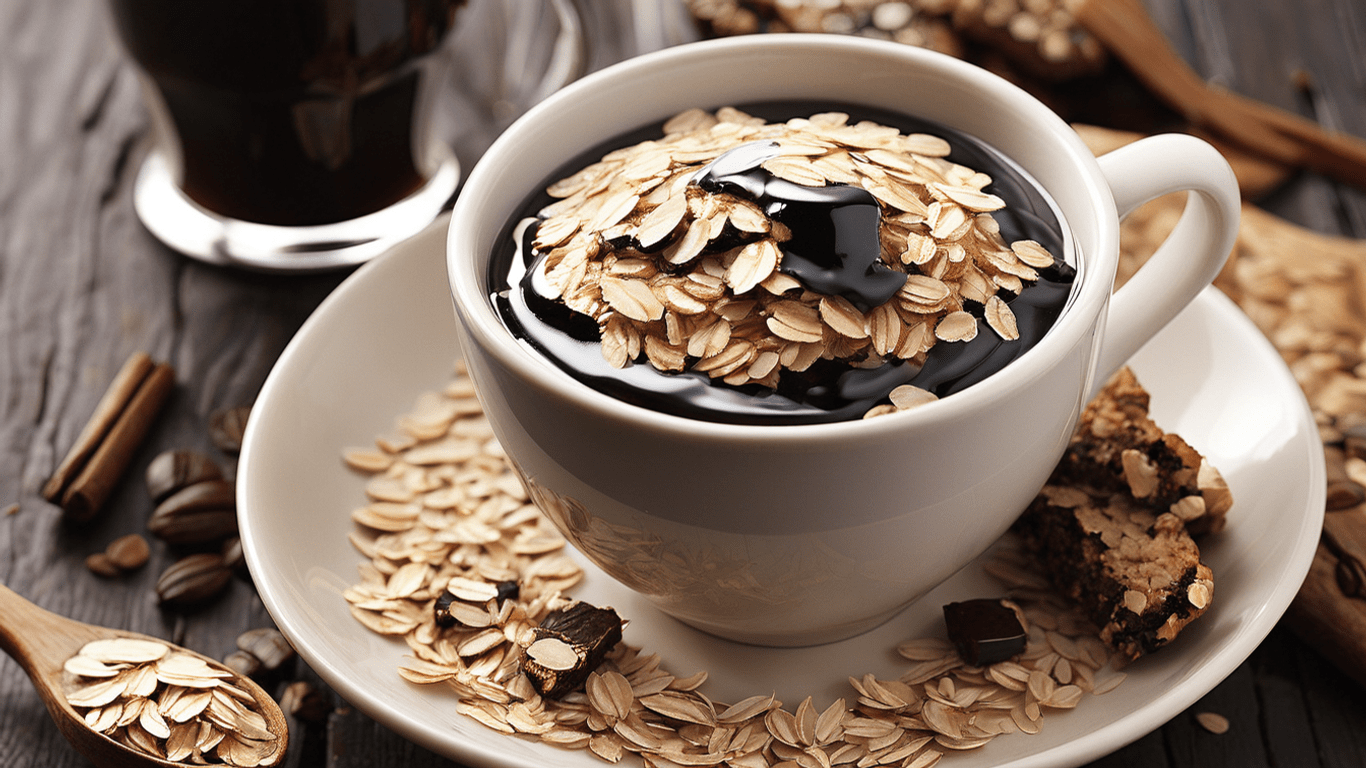Hemoglobin is a protein in your red blood cells that carries oxygen from your lungs to the rest of your body. Having low hemoglobin, a condition called anemia can make you feel tired, weak, and short of breath. While there are medical treatments for anemia, eating certain fruits can also help boost your hemoglobin levels naturally. Here are 10 of the best fruits to increase hemoglobin.
-
Pomegranates
Pomegranates are packed with iron, which helps your body produce more hemoglobin. One cup of pomegranate arils provides about 30% of the recommended daily intake for iron. Pomegranates also contain vitamin C, folate, and copper, which aid iron absorption and hemoglobin production. The powerful antioxidants in pomegranates, like anthocyanins, further support healthy blood cells and hemoglobin formation. Enjoy pomegranate arils plain, in fruit salads, squeezed into juices, or blended into smoothies.
-
Dried Apricots
Dried apricots are iron all-stars, with one cup containing about 50% of the iron you need in a day. They also provide vitamin C, which boosts iron absorption. The fiber and antioxidants in apricots are bonuses too, promoting good digestion and health. Dried apricots make great high-iron snacks. You can also cook with them by adding them to pilafs, grain bowls, salads, or Provençal stews. Be sure to choose unsulfured dried apricots to avoid unnecessary additives.
-
Raisins
For a small fruit, raisins provide a massive iron punch, with one cup racking up about 25% of the recommended daily iron intake. They’re also packed with vitamins and minerals that support healthy blood cell production, like zinc, folate, and vitamin B6. Enjoy raisins raw for an on-the-go snack or use them to make iron-rich meals like raisin bread, oatmeal raisin cookies, raisin chicken tagine, or curry coconut rice with raisins.
-
Prunes
Prunes are dried plums loaded with iron, with just 1/2 cup providing about 15% of the iron you need daily. Prunes contain vitamin C to improve iron absorption as well as boron, which helps support hemoglobin production. Prunes are delicious snacks on their own, but you can also simmer them into sauces for meat, blend them into smoothies, or bake them into tarts, breads, scones, or cakes.
-
Persimmons
Bright orange persimmons are a great source of dietary iron, with one persimmon providing about 20% of the recommended daily intake. They also deliver vitamin C for better iron absorption. The tannins and antioxidants in persimmons benefit red blood cell health too. Enjoy persimmons raw, sliced into fruit salads, blended into smoothies, or baked into breads and cakes. Just be sure to wait until they are fully ripe and soft before eating them.
-
Mulberries
A cup of mulberries holds about 30% of your daily iron needs, making these tasty berries an iron powerhouse. Mulberries also provide vitamin C along with folate, vitamin B6, and antioxidants like anthocyanins that support healthy blood cells and hemoglobin formation. Raw mulberries make a great on-the-go snack. You can also use them in smoothies, chia puddings, pancakes, tarts, and jams. Dried mulberries are equally nutritious if you can’t find fresh.
-
Dates
Dates are rich in iron as well as vitamin B6, folic acid, and vitamin C – all nutrients that help improve hemoglobin levels. Just 7 dates provide about 10% of the recommended daily allowance for iron. The natural sugars in dates also provide a quick burst of energy, making them the perfect snack to combat anemia-related fatigue. Packaged, pitted Medjool dates are the simplest for snacking, or get creative and add dates to salads, cereals, yogurts, smoothies, or desserts.
-
Blackstrap Molasses
Just one tablespoon of blackstrap molasses contains about 15% of the daily recommended value for iron in addition to substantial amounts of vitamin B6, calcium, magnesium, and copper. It also has antioxidants to maintain healthy blood cells and is a more easily absorbed source of iron than supplements. Stir molasses into coffee, tea, warm milk, or oatmeal. You can also use it in marinades and to sweeten cookies, cakes, muffins, and bread.
- prunes Dried Prunes Prunes are dried plums loaded with iron, with just 1/2 cup providing about 15% of the iron you need daily. Prunes contain vitamin C to improve iron absorption as well as boron, which helps support hemoglobin production. Prunes are delicious snacks on their own, but you can also simmer them into sauces for meat, blend them into smoothies, or bake them into tarts, breads, scones, or cakes.
-
Dried Peaches
Dried peaches are a tasty source of iron and pack a hefty punch for their small size, with about 15 dried peach halves containing 10% of your RDI for iron. Dried peaches are also high in copper, a mineral vital to healthy red blood cells, and provide some vitamin C to aid iron absorption. Enjoy dried peaches straight from the bag or use them to make trail mixes, fruit and nut bars, cookies, muffins, cereals, smoothies, and jams for an iron boost.
Add These Iron-Rich Fruits to Your Diet
Anemia can zap your energy and quality of life. Boost your tired blood by incorporating these high-iron fruits into your routine. Consume them as snacks, use them as mix-ins or toppings for yogurt and oatmeal, blend them into smoothies and drinks, or bake with them. Not only will it help increase hemoglobin levels naturally, but it will provide a wholesome dose of vitamins, antioxidants, fiber, and flavor that does your body good. Combine an iron-rich diet with other lifestyle habits like adequate sleep and regular exercise, and you’ll be vibrantly energetic again in no time.
Web Hosting for WordPress Website
Choosing the proper web hosting provider is one of those decisions when you create a WordPress website that will determine its success. Your hosting decision may have a significant impact on your site’s performance, security, and scalability. Within this in-depth guide, we will take you through the essential criteria that should be taken into account when choosing WordPress hosting.

